10 Must-Know Facts About The Remarkable English Setter

Graceful and full of charm, the English Setter captures hearts instantly. With a rich history and a personality to match, they leave a lasting impression. Ever wonder what makes this dog truly special? Get ready to uncover 10 exciting facts that reveal the hidden side of this remarkable companion.
Bred For Bird Hunting With Precision
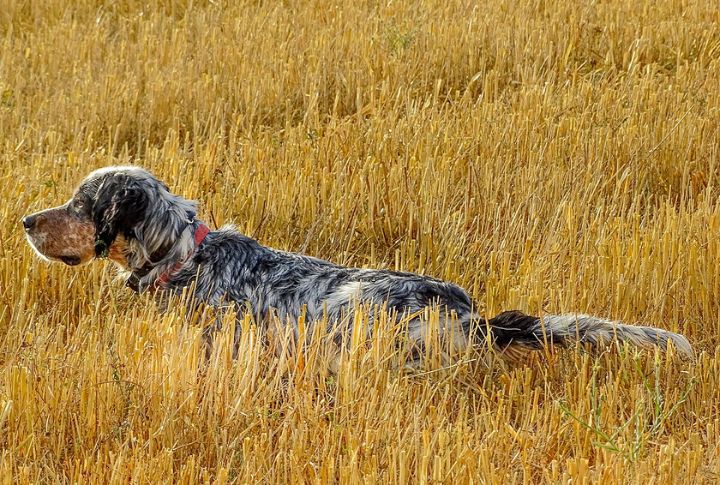
Picture a dog gliding across a field, nose to the ground, tail signaling excitement. Developed for bird hunting, the English Setter mastered the art of locating and “setting” game birds. This unique skill and an exceptional sense of smell make the setter a good partner for hunters.
Known For Its Distinctive Feathered Coat
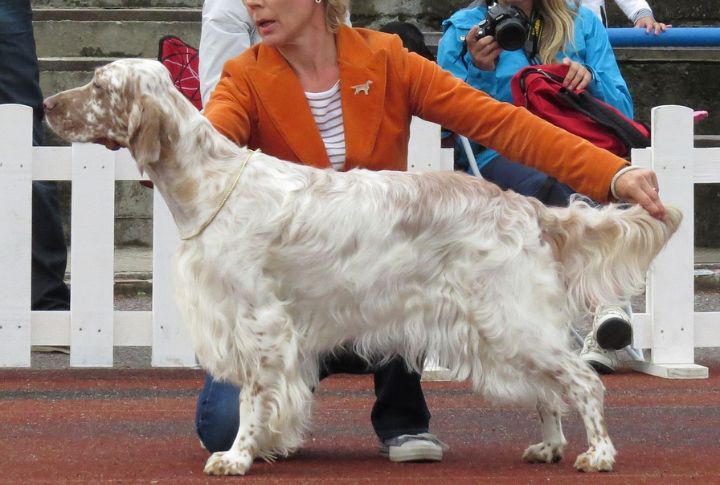
Silky fur flows elegantly, often adorned with the signature Belton pattern—a unique speckling effect named after an English village. Colors include blue, orange, liver, lemon belton, and even tricolor combinations. Additionally, feathering adds to the breed’s beauty, creating a truly eye-catching appearance.
Combines Speed And Grace In Motion
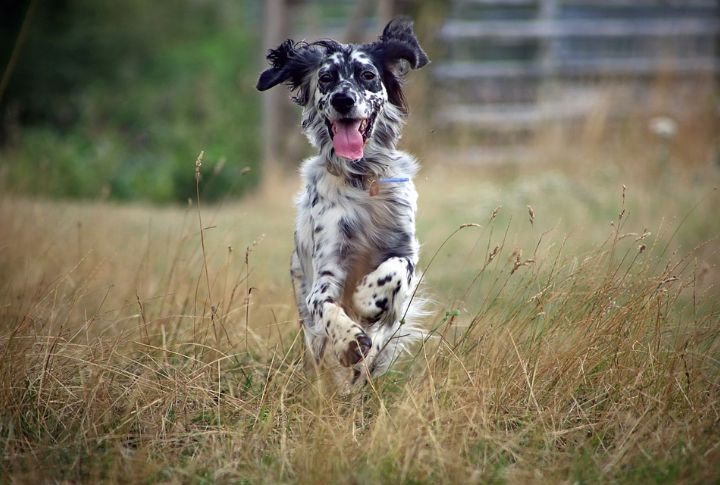
Energy surges through the canine’s athletic frame, especially those from field lines, allowing for smooth, swift movements. The English Setter moves with effortless grace, whether racing across an open field or weaving through wooded trails. Natural endurance and agility also make outdoor adventures feel like second nature.
Thrives On Social Interaction And Companionship

No stranger to companionship, this breed thrives on interaction. Affectionate with family and friendly toward strangers, an English Setter easily makes friends. Leave one alone too long, and don’t be surprised if the neighbor becomes their new best friend.
Matures Slower Than Most Other Dog Breeds

Most dogs settle down after a year, but not this one! Playfulness lingers well into the third year, making training fun and occasionally challenging. Expect boundless enthusiasm, bursts of zoomies, and a love for mischief before the mature, graceful phase sets in.
Refined Through Generations Of Careful Breeding

In the 1800s, Edward Laverack began developing the English Setter using two dogs—Ponto and Old Moll—originally bred by Reverend A. Harrison, a clergyman known for maintaining a pure and consistent hunting dog line. Over 40 years, Laverack refined the breed for elegance and performance, shaping the English Setter we know today.
Displays Intelligence With A Stubborn Streak
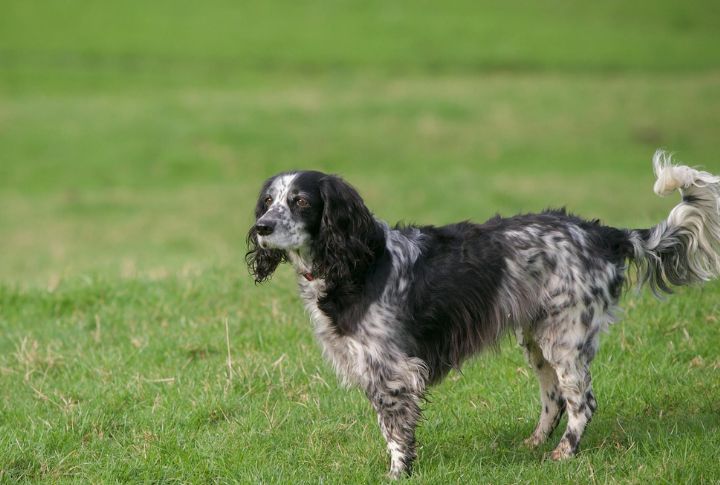
Never underestimate the intelligence behind those soulful eyes. Quick to learn but selective in obedience, you’ll need some patience and engaging training methods to win it over. Boring drills? Ignored. Fun, interactive games? Mastered in record time. The key is to make every lesson an adventure.
Shows Deep Loyalty And Emotional Awareness
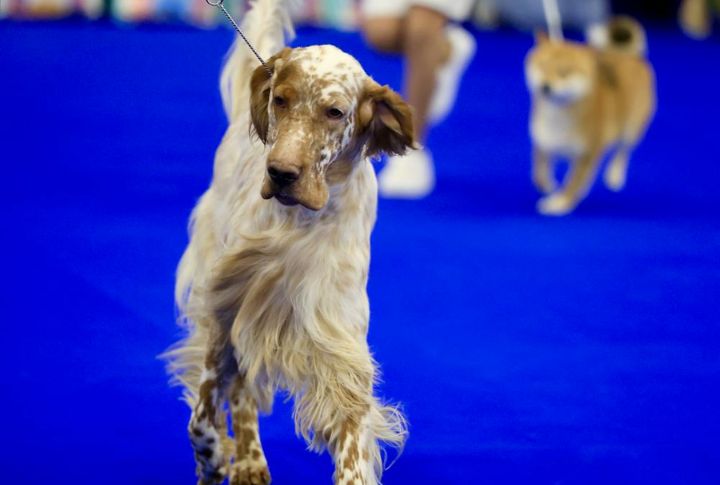
Loyalty runs deep in this breed’s nature. Always eager to please, an English Setter senses moods and stays close through every moment. Whether bounding through the yard or curled up beside you, its devotion is steady, quiet, and unwavering.
Requires Space And Daily Outdoor Activity
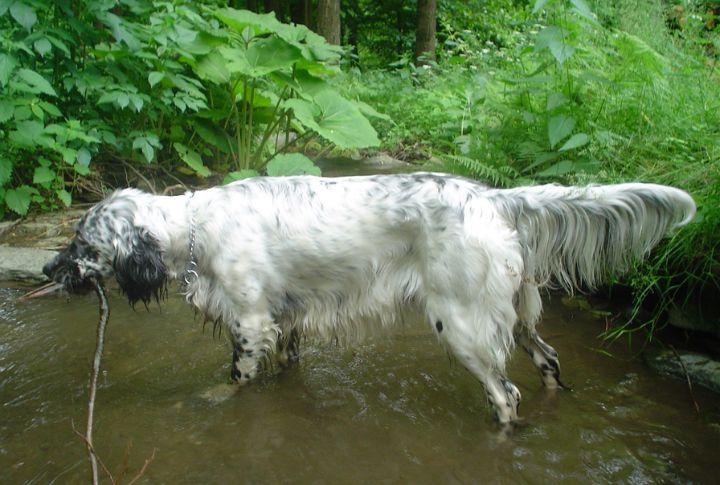
Open space brings out its best. It comes alive on a trail, darts after scents in the grass, or cools off with a splash in the nearest stream. Movement isn’t just fun—it’s necessary. Daily outings keep the body active and the mind engaged.
Communicates Emotion Through A Constantly Wagging Tail
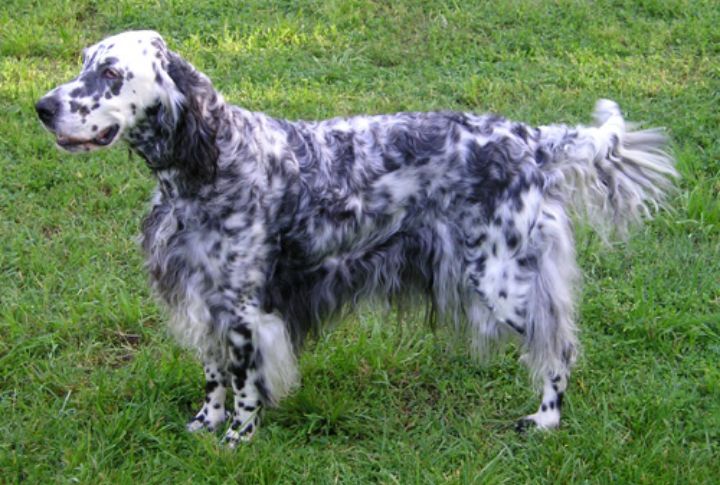
Forget barking—the English Setter speaks volumes with its tail. Long, feathery, and always in motion, its tail acts like a mood indicator. A slow wag signals curiosity, while a full-speed blur means pure joy. Watch as the rhythmic swish of excitement tells you everything you need to know.





